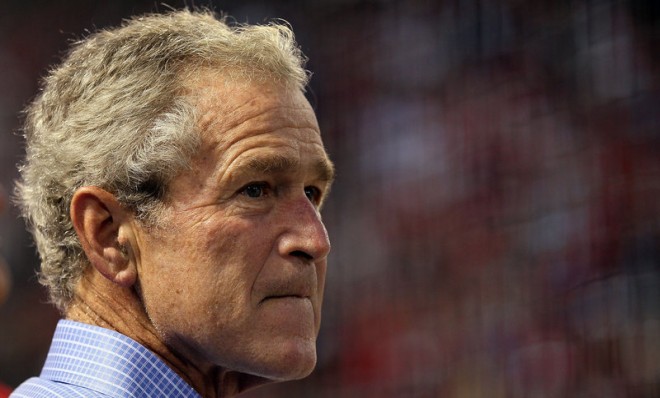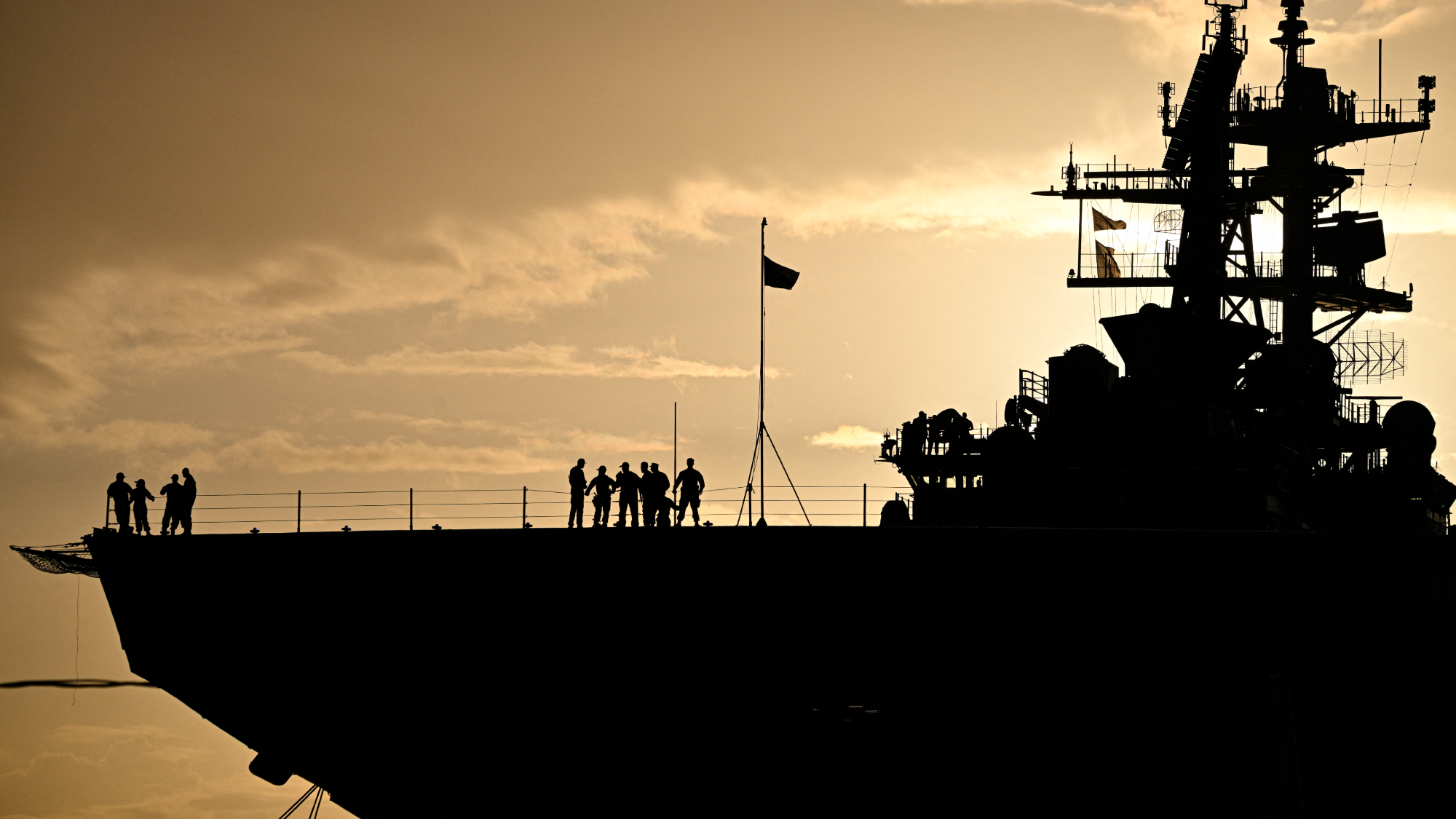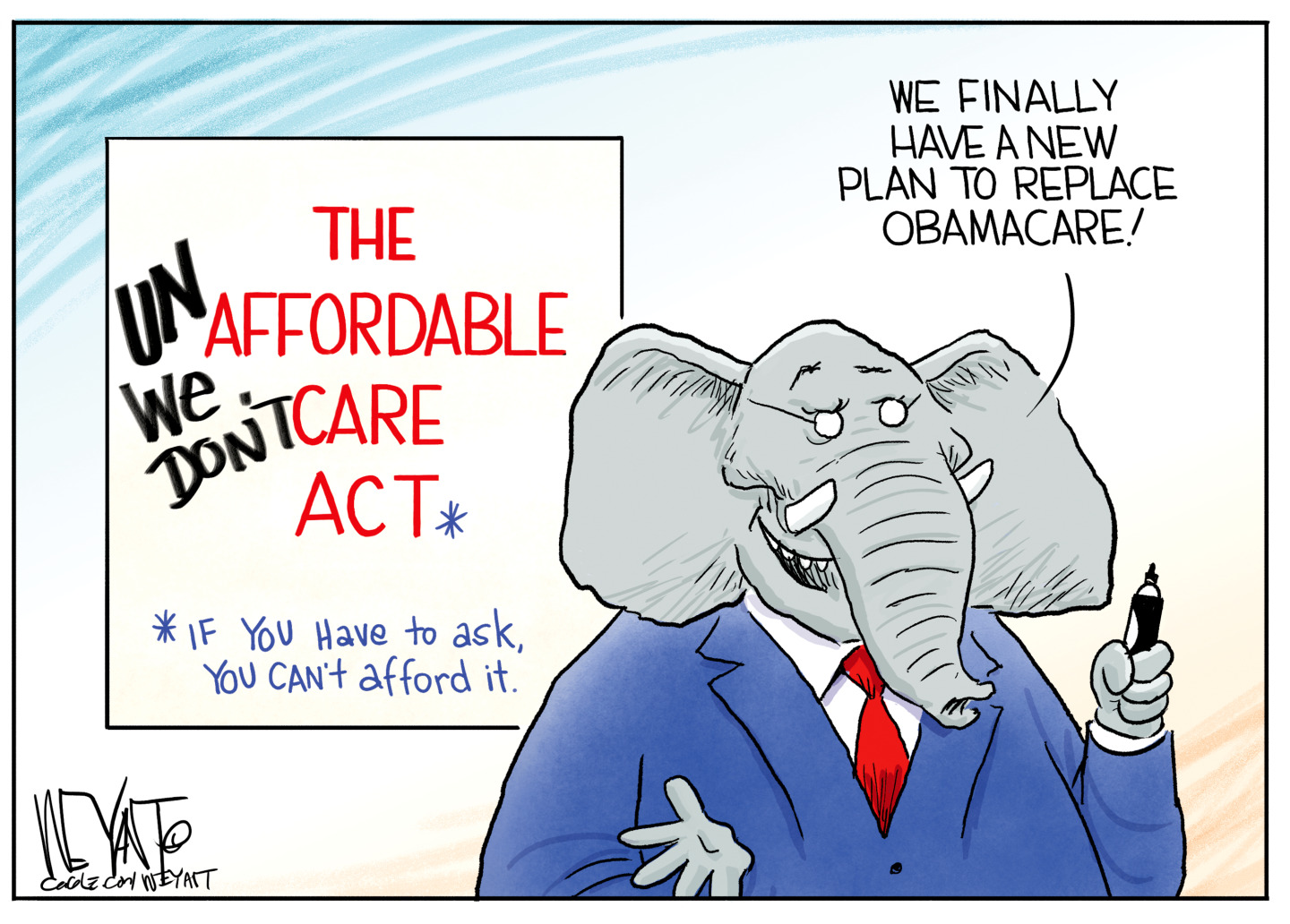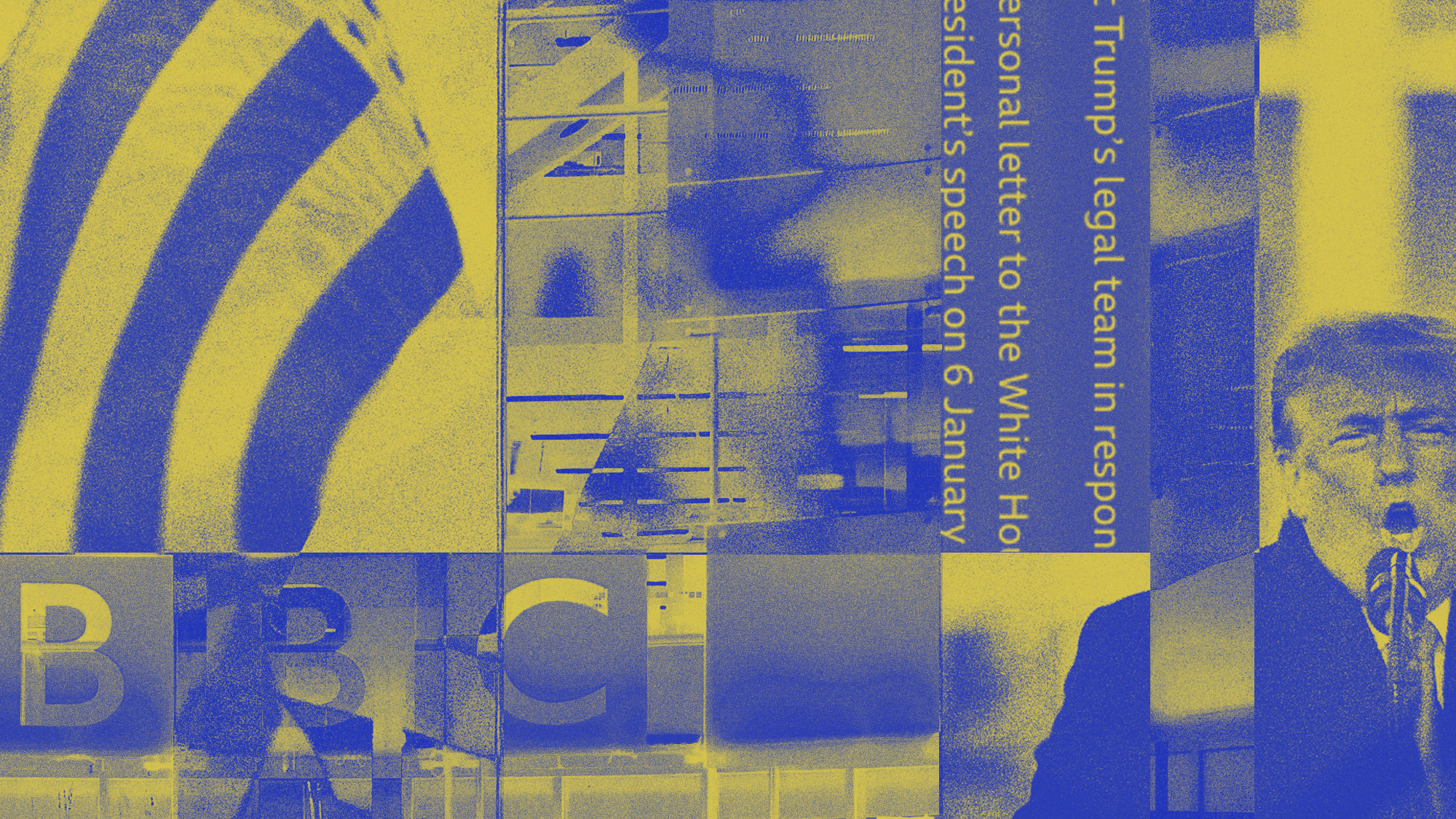6 ways of looking at George W. Bush, artist
Photographs of some 20 paintings done by the former president have been hacked and released. Are they any good?


In October 2012, we learned that former President George W. Bush has taken up painting, via a New York profile of his younger brother, Jeb Bush. Few people noticed, because America was busy deciding whether to re-elect Bush's successor or pick a new guy. Then, in February the Bush family released the first look at our 43rd president's new hobby: An impressive in memoriam portrait of deceased presidential dog, Barney. (Bush signs all his paintings "43.") A week later, a hacker who goes by Guccifer released a handful of ill-gotten photos of a few more Bush paintings.
This week, Gawker posted two more sets of paintings — 18 total — pilfered by Guccifer from Bush-linked email accounts. These stolen glimpses of George W. Bush's artistic endeavors pose something of a quandary. Analyzing his amateur paintings "isn't the same as, say, reviewing the saxophone playing of Bill Clinton," says Washington Post art critic Philip Kennicott. "The latter played his horn in public and invited us to respond not just to the spectacle of the president in his Elvis mode, but to the playing as well, which was never very good." Bush's were meant to be private, at least for now.
But they are out there now, and there's no putting the paint back in the tube. Or rather, there's no way that we can't look through the window they seem to offer us into the psychology of someone who was once the most powerful man in the world. Not to look is to deny ourselves important material in our assessment not just of Bush, but of the inner life of politicians, especially those who submit to the extraordinary scrutiny and pressure of achieving and holding high office. [Washington Post]
Kennicott remains a little squeamish — and National Journal's Jill Lawrence gives us all a brisk tsk-tsking for putting Bush and his artwork "on the couch" — but he concludes: "If that argument seems morally specious to you, as it might well to me if I weren't a journalist, then read no further." To quote the movie Ghost: "Ditto."
The Week
Escape your echo chamber. Get the facts behind the news, plus analysis from multiple perspectives.

Sign up for The Week's Free Newsletters
From our morning news briefing to a weekly Good News Newsletter, get the best of The Week delivered directly to your inbox.
From our morning news briefing to a weekly Good News Newsletter, get the best of The Week delivered directly to your inbox.
So, now that we have a small gallery's worth of paintings, what to think about the art of George W. Bush?
1. Bush is surprisingly good
The early reviews focused on two apparent self-portraits of Bush showering and taking a bath. New York's Dan Amira gives his admittedly "amateur opinion": "It's not bad!"
But plenty of professional critics agreed with Amira's assessment. "Neither painting is polished," says The Washington Post's Kennicott, "yet both have some merit, not least of which is the challenge the painter has set himself: To render the body, or parts of the body, in situations that are intimately familiar to every viewer."
A free daily email with the biggest news stories of the day – and the best features from TheWeek.com
Although the legs are somewhat crudely done, the bathtub painting manages to convey a tactile sense of the pleasure of bathing. The shower scene includes some risky games with the basic view of the body, showing us the back, and the face through the mirror, similar to a more complicated game Magritte played in his 1937 "La reproduction interdite." [Washington Post]
The bathroom nudes "raise all sorts of interesting questions about what's on the former president's mind these days," says Roberta Smith at The New York Times. But "whatever is going on psychologically, the paintings suggest a man, a painter at ease with his body," and "He gets some credit for directing his gaze at himself, rather than at the more conventional female nude that is many amateur painters' first choice." As for the quality:
The forms are handled with care, but awkwardly, which is the source of their appeal. Things are recognizable but just: you can detect posh details like the shower's chrome hinge and glass door. Everything is honestly accounted for, not sharply realistic, certainly not finicky.... Bush is an amateur — I would say serious amateur — painter. [New York Times]
2. He's, at best, an enthusiastic amateur
"Looking at the paintings through a critical lens, they have a very amateur quality," art therapist Rachel Brandoff tells Flavorwire, looking at Bush's entire hacked oeuvre. At the same time, there's a real "personal and emotional investment on behalf of the artist in the subject matter.... The way he uses lines, shapes, and color speaks to his putting a lot of value on the object or subject of the painting, whether the cat, dog, or shells."
Other critics were less kind about Bush's paintings. "There is very little to say about them," one former art critic tells The Huffington Post's Luke Johnson. "They're very pedestrian and clumsy pictures. It's one of those things where it's only that it's Bush that makes it interesting." Johnson describes the consensus of the art experts he spoke with as "perplexed."
New York arts critic Jerry Saltz at Vulture is conflicted. On the one hand, "after spending more than a decade having almost physiological-chemical reactions anytime I saw him, getting the heebie-jeebies whenever he spoke," he says, "I really like the paintings of George W. Bush." On the other hand:
They show someone doing the best he can with almost no natural gifts — except the desire to do this. The reclusion and seclusiveness of the pictures evoke the quietude (though not the insight, quality, or genius) of certain Chardin still lifes. These are pictures of someone dissembling without knowing it, unprotected and on display, but split between the promptings of his own inner drives and limited by his abilities. They reflect the pleasures of disinterestedness. [Vulture]
Give him this, says arts blogger Greg Allen at Gawker: He's an original.
His technique is unschooled, not self-consciously trying to emulate any identifiable painter; and his references don't seem to be any paintings at all. Just what he's seeing. They look the way they do precisely because he doesn't have the illusory/representational painting techniques that have been developed over the centuries. It doesn't look like he's studied anatomy, perspective, shading, drawing from live models, color theory, brushes, nothing. He just jumped in there and started painting, how hard could it be? [Gawker]
At the same time, Allen gives the paintings perhaps the greatest compliment any artist could hope for: "I can't stop thinking about them, actually."
3. Bush's art is disarmingly humanizing
Because he was such a horrible president, "Bush has allowed himself to become, in his retirement, little more than a cipher symbolizing incompetence," says Josh Indar at PopMatters. "I personally came to see him not as a president, not even as a man, but as a smirking cartoon villain."
But when I saw his paintings — and I only wish I was kidding — I stopped seeing W. as a cartoon. I never would have thought it possible, but Bush's recently revealed attempts at art have had the incredible effect of forcing me to see him as a human being. It's not that the two self-portraits... are technically any good. In fact, they're not even in the realm of good.... But unlike anything by Thomas Kinkade, Bush's amateurish portraits show something I had no idea he was even capable of: Honesty. Introspection. Vulnerability. Doubt...
Even though I have no respect for Bush as a leader (or as a painter for that matter), I must begrudgingly admit that I admire him for trying to express himself. I can't help but feel that his impulse to create, his desire to communicate an inner truth, his longing to stand before the world naked and flawed and vulnerable, is something that I and just about everyone else in the world can relate to. [PopMatters]
Look, for example, at the best of the new crop of Bush paintings, "maybe his masterpiece," says Gawker's Max Read. "An odd, even monstrous-looking dog, sitting yards away from the president's former home, but kept away from it by thick iron bars." This "sad-looking canine staring longingly through the White House gates is so loaded with symbolism that we can hardly stand it," adds Joe Coscarelli at New York.
My advice to Bush is to "skip reading his reviews," especially from the critics who "profess to like the former president's work even as they patronize it," says National Journal's Lawrence. The paintings have people flummoxed "because a sensitive Bush, an artistic Bush, a man who paints himself nude and vulnerable, is not the Bush we thought we knew." But that doesn't mean that 43 is revealing his inner secrets through paint.
"I think the key takeaway from these paintings is that every person has many sides to them," art therapist Brandoff tells Flavorwire. "We need to remember that... nobody's one-dimensional," not even former presidents.
4. He's taking a cue from a previous generation of leaders
Bush "isn't the first president to paint in his life outside the oval office," nor the first world leader, says Kennicott at The Washington Post. Dwight Eisenhower painted "simple houses and pleasant landscapes," for example, and "Winston Churchill wasn't half bad as a water colorist." In that sense, there's nothing at all remarkable about Bush turning to the canvas to navigate his "complicated transition back to ordinary life." In fact, "it seems almost old fashioned, as if suddenly out of office Bush looked around, asked himself what do great men do with a lot of free time, and decided to follow a precedent from an earlier generation."
Bush "may be some people's least favorite president since Hoover," says The New York Times' Smith, "but as an artist he is, well, a heck of a lot better than any number of world leaders whose names spring to mind, foremost Winston Churchill and Adolf Hitler."
5. Bush will be remembered as a 'great artist'
This is the judgment of 43's former art teacher, Bonnie Flood, who spent a month, six hours a day, instructing Bush on the techniques and mechanics of painting. "He picked it up so quick, it was amazing, actually," she tells Atlanta TV station Fox 5. When Flood arrived in Florida, Bush was painting mostly dogs — "I think he said he's painted over 50 dogs," she says — but she convinced him to expand into landscapes. "He has such a passion for painting. It's amazing. He's going to go down in the history books as a great artist."
6. Bush can now be an ambassador for the arts
Hopefully, the former president will not only stick with his new passion, but also exhibit his work so reviewing it doesn't feel so voyeuristic, says The Washington Post's Kennicott. "Indeed, this might be the best thing that has happened to the arts in a long time." Bill Clinton has his global aid initiative, Bush's father has his geriatric skydiving, and Bush is "uniquely positioned to champion the arts. Rather than mock his endeavors, they should be welcomed."
Peter has worked as a news and culture writer and editor at The Week since the site's launch in 2008. He covers politics, world affairs, religion and cultural currents. His journalism career began as a copy editor at a financial newswire and has included editorial positions at The New York Times Magazine, Facts on File, and Oregon State University.
-
 Trump vows naval blockade of most Venezuelan oil
Trump vows naval blockade of most Venezuelan oilSpeed Read The announcement further escalates pressure on President Nicolás Maduro
-
 Political cartoons for December 17
Political cartoons for December 17Cartoons Wednesday's political cartoons include healthcare costs, the affordability hoax, giving up pencils, and more
-
 Trump vs. BBC: what’s at stake?
Trump vs. BBC: what’s at stake?The Explainer The US president has filed a $10 billion lawsuit over the editing of Panorama documentary, with the broadcaster vowing to defend itself
